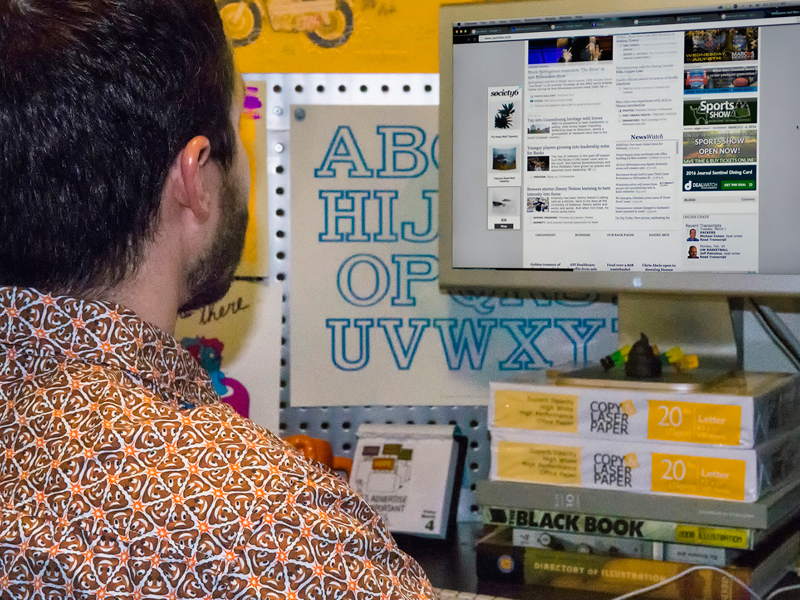On Display: Does Online Advertising Need a Good Cleansing?
Thinking Big

Potty talk about advertising always gets my attention.
I came across this article today on Digiday and it reminded me that the display advertising discussion hasn’t changed much over the past decade.
Is display advertising effective? Do people notice and remember banner ads? While the opinion I formed years ago hasn’t changed, new information and technology meant to address those core issues have only been met with new challenges. Some of the facts are pretty damning for the display ad segment. At least fifty percent of banner ads are never seen by humans, and that’s just the portion due to bot fraud. Many more ads are below the fold and stacked with other ads, which is a result of poor publisher tactics. And other websites make you click “next” 20 times in order to read the full “article”, but they’re sure to serve you 10 fresh ads each time you click the button (admit it…you’ve clicked on the “19 Wedding Photos That Will Shock You!” native ad link with the picture of Britney Spears).
But that does not necessarily mean that display advertising doesn’t work.
Ad tech companies have thrived by building models to attribute the sales and effectiveness of campaigns to those display ads. And they have “proof” that it’s driving business. They can even show lift in store traffic for those exposed vs. those who haven’t been. At the same time, skeptics (and many clients) believe ad tech is essentially gaming the system by capitalizing on all types of fraud and cookies, giving credit to advertising that may have never been seen. They question how a publisher could be driving massive amounts of attributable revenue one day, then completely fall off the radar the next. Somebody else must have out-gamed them, they conclude.
The display advertising model is (still) broken.
It may be an unwinnable argument on either side, which isn’t a new problem. Fraud is everywhere, and at least half the time advertisers are paying for something they don’t want. They, and their agencies, want impact. That often comes from relevance, including takeovers (think about those old Mac vs. PC ads with Justin Long), hyper-contextual ads that build off page content, and remarketing ads that rub your past online habits right in your face. While 9 out of 10 people can tell you a recent TV ad they remember, I’m sure many can also remember being remarketed to at some point. But that relevance often comes with significant waste, particularly if you’re not paying attention to what you’re buying.
Banner advertising is obtrusive and full of waste.
Do I dislike it, as a media professional? Yes, very much so. And I’m not including video in that argument though it’s facing many of the same challenges. It’s easy to think of display advertising as a turd, and programmatic media as the cheap polish meant to extend its life and perceived value.  In our efforts to constantly offer the most effective solutions for our BVK clients, we’re testing various native formats for a more linear experience, and I hope that continues to be the primary growth area of display. But as it’s been mentioned, sometimes banners are the best option to fit the strategy. Ad blocking and fraud protection will hopefully continue to shape the landscape and drive better and more effective ad experiences.
Until advertisers force publishers to monetize in a different way, and until we no longer see lift happening while we’re doing the best we can to control fraud, display advertising still has to be considered.
As an independent agency, BVK is channel-agnostic when it comes to the mix of our media buys and we focus entirely on the most effective tactics to meet client KPIs. We believe it’s important to keep publishers honest, pursue opportunities to enhance impact and be straightforward with clients about the limitations of any medium. That’s a huge part of being successful.